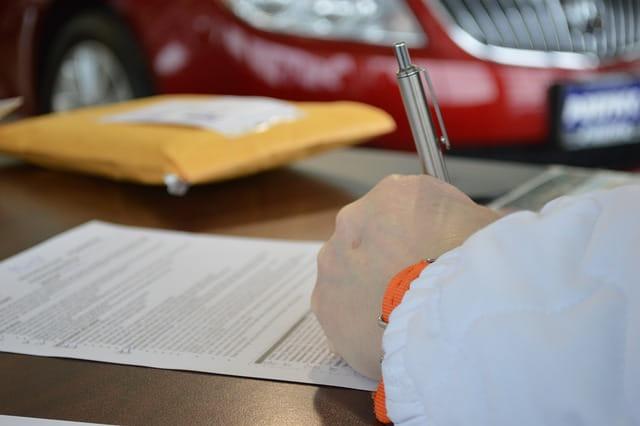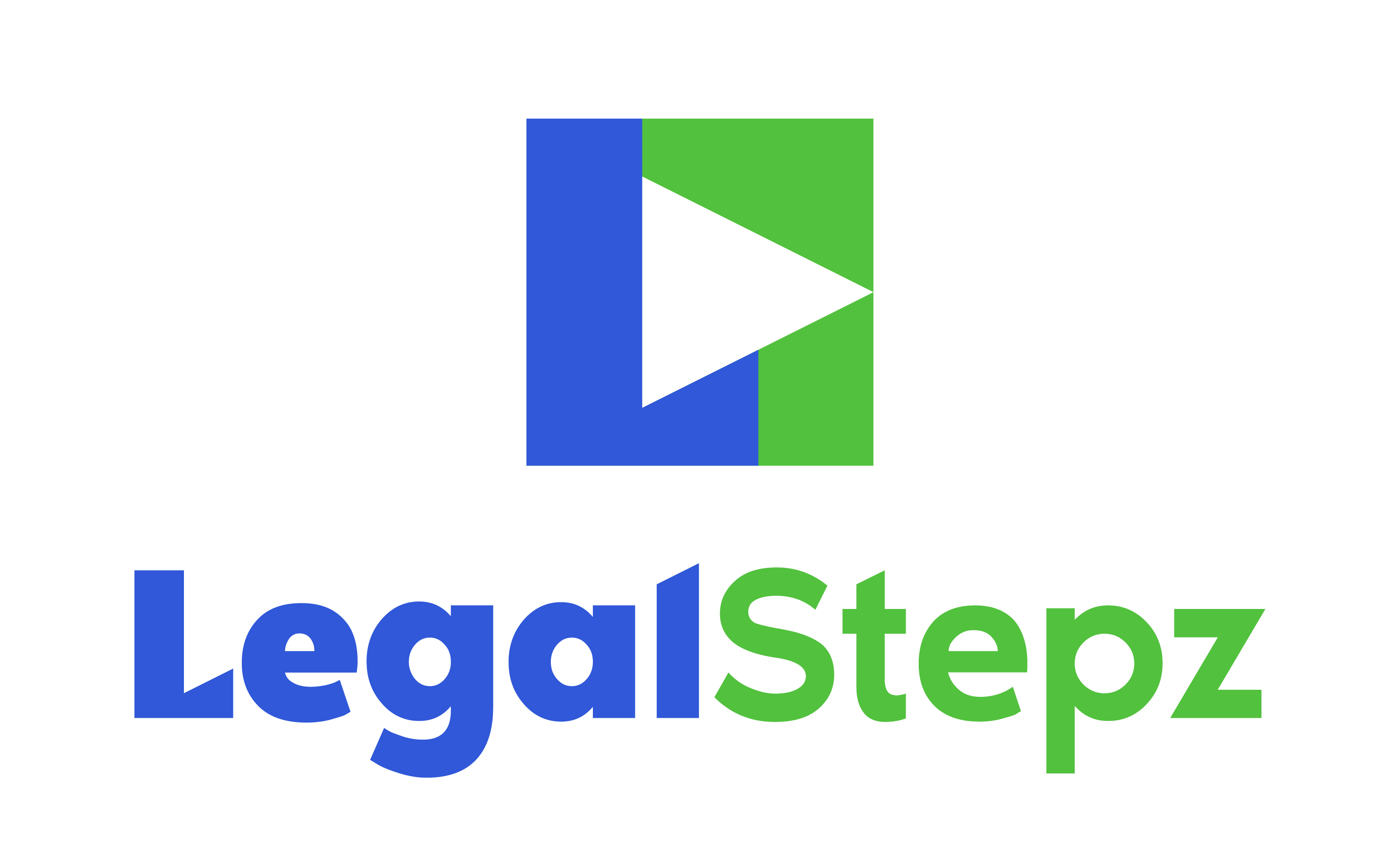Trademark Process

When forming a domestic Limited Liability Company you might decide to look into the trademark process. Trademark rights are established based on usage, not registration. It’s important to understand that you don’t select a brand, name, or mark and then own the trademark. Instead you must check to see if your name or brand is available before spending money by marketing the name and building its value.
In this article we cover the steps required for the trademark registration process, such as how to conduct trademark searches. Read on to find out more.
Choosing a Unique Trademark
Trademarks cannot be descriptive of the product or service offered. For example, if your mark is ‘Copy’ it cannot be a copier. Therefore, you can’t name your trademark whatever service or product you offer. This is why Xerox used to have a slogan 'You can’t Xerox a Xerox'. If you could ‘'Xerox a Xerox’ the trademark would be lost. Another two examples of this are Aspirin and Elevator. They used to be trademarked but lost their status when they became part of the language.
Trademarks cannot be confusingly similar to other trademarks. This means that phonetics is valuable, which means that a homonym may prevent your trademark that’s spelled differently. Marks cannot be generic to be a trademark.
Remember that if you choose to use a California fictitious business name you will need to obtain a fictitious business name from the county recorder.
Basic Trademark Search
Once you have an idea of your trademark name you should then conduct trademark searches. Your search to see if you are the exclusive owner of the mark so you don’t infringe upon someone else’s mark. The United States Patent and Trademark Office, or USPTO, has a database of all trademarks that were registered, applied for, abandoned, not renewed, etc.
There are a few ways to search the USPTO. One way is to use the Trademark Electronic Search System or TESS. The USPTO does not have a simple way to search phonetically but an exact match is easy to search.
First, you select Word and/or Design Mark Search (Free Form). This is best when the trademark is one word. If the mark is more than one word, then use the Word and/or Design Mark Search (Structured). The structured search allows you to search more than one word and allows you to search that word by mark, owner, attorney, or many other options.
See Appendix 1 for search and Appendix 2 for structured searches. Once you run the search you need to know how to interpret the results. Is the mark confusingly similar to another mark? This is the first analysis.
This database is only a portion of the possible trademarks that exist which is why you need to expand your search to see if the name or brand is available for you.
Apply for a Trademark
The next step in the trademark process is to apply for your trademark using the Electronic Trademark Application System, or ETEAS. You have two main options when applying for a trademark. You can file the mark as “Actual Use” meaning you are claiming you are currently using the mark in commerce or business.
You can file the mark as “Intent to use” meaning you are claiming you have a bona fide intent to use the mark in the near future. There are other options related to foreign trademarks or prior trademarks but that’s beyond the scope of this course.
Selecting an Application
You can select either a TEAS standard or a TEAS PLUS application. The difference is the goods and services in TEAS PLUS are limited to specific goods and services. The filing fee for the TEAS PLUS IS $350 per class. The TEAS STANDARD allows you to be more specific and is customized for your goods and services.
Currently, you must file your trademark application online through the United States Patent and Trademark Office. Mail service is no longer available.
FAQs
What is a domestic LLC?
A domestic LLC refers to a business formed as a limited liability company in the state where it is originally registered. To register in other states when expanding your business will be referred to as a foreign LLC. When you form a domestic limited liability company, you might want to consider the trademark process and register your brand or name.
What are the benefits of registering a business?
When you are in the process of forming a business you will need to register with the secretary of state. You might also wish to register your company name or brand with the USPTO.
Final Word
Before you can register a trademark you will need to do trademark searches to make sure the trademark is not already in use. This article covers some helpful steps in the trademark process. Let us know how you get on.

0 comments
Leave a comment
Please log in or register to post a comment